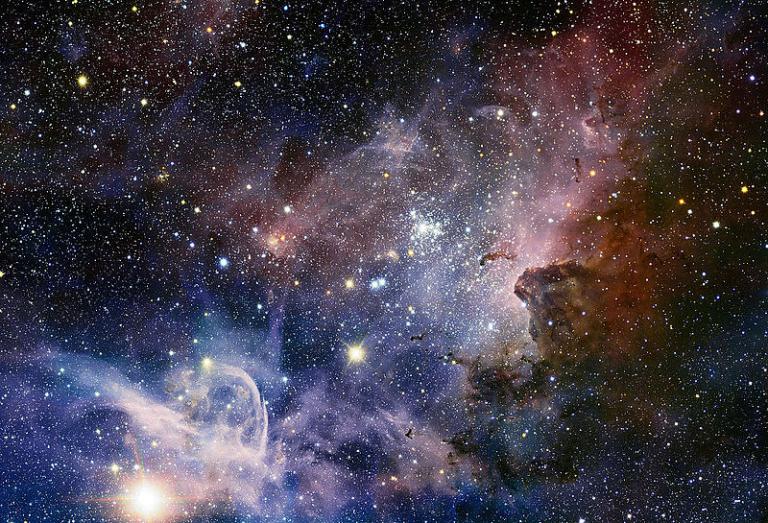
David Wilkinson, God, Time and Stephen Hawking: An Exploration into Origins (London and Grand Rapids: Monarch Books, 2001), is discussing the question of what we mean by cosmic fine tuning:
Second, why is it that the universe is so near the critical rate of expansion? To see what this means imagine you had a machine which made universes. [On the facing page is a simple little illustration showing an “Acme Universe Making Machine.”]
On this machine you would have two dials. One dial would control the expansion force of the Big Bang. The other would control gravity, the force which pulls everything back together. Set the dials to whatever you wanted and out would come a universe. After a few billion attempts you would find it to be a very boring experiment! In fact in order to get a universe which would produce carbon-based life those two dials need to be set quite precisely. If you set the gravitational force too high, then the universe would appear but within a microsecond gravity would pull everything back together into the opposite of a Big Bang, a Big Crunch! If you set the expansion rate too high, then the universe would expand at such a rate that gravity would be unable to form stars and galaxies. In fact in order to get structure within the universe these dials need to be balanced to within 1 part in 1060 (1 followed by sixty zeros!). In Paul Davies’ words, that is the same accuracy as shooting at a target 1 centimetre square on the other side of the universe — and hitting it! Why is it that early in the expansion, the expansion force of the Big Bang was balanced so carefully with the gravitational force?
Third, what is the origin of galaxies? Galaxies form by gravity amplifying density fluctuations within the universe. After two years of observing the universe, the COBE satellite found evidence for such density fluctuations or ripples in the microwave background. These ripples could be the embryos of superclusters of galaxies. They give evidence of clouds some 500 million light years across when the universe was only 300,000 years old. But where did the density fluctuations come from, what determines their size and how do they grow? (90, 92)
David Wilkinson is both an English Methodist clergyman and theologian and a scientist with a doctorate in cosmology. Dr. Sam LeFevre has kindly called to my notice a not-quite-fourteen-minute-long video of Dr. Wilkinson speaking in Durham, England, in 2015, that some of you might find interesting:












